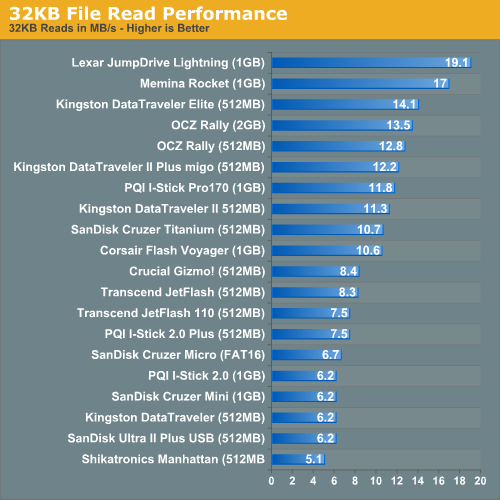Flash Drive Allocation Unit Size 256gb Mac Os
Dec 16, 2020 • Filed to: Solve Mac Problems • Proven solutions

If your USB flash drive is not recognized by your Apple Mac computer because it has a different format it is kind of difficult to format it. You may not know how to format your USB flash drive to make it compatible with your Mac system but we do and will show you how to do it in this article.
I can confirm that after I re-formated my external 2 TB HDD from exFAT with 2048K allocation unit size to exFAT with 1024K allocation unit size, the disk is now discoverable by Mac OS and I can work with it just fine. – retif Jul 14 '19 at 14:22. New Hard Drive Os Install; Can Mac Os Read Exfat. I believe a cluster size / allocation unit of e.g. 1024 KB mens all files will take up at least this much space on disk each (and e.g. A file of nominal size 1025 KB will take up 2048 KB, disk size). So a file of 1 byte (0.001 KB, extreme lower limit) will take up about a million times as much space on disk (extreme upper limit). When you buy a USB Flash Drive, also called a Jump Drive, Thumb Drive, USB Stick or one of many other names, it usually comes formatted for Windows computers. If you plan to use the drive only for your Mac, then you can easily reformat it in Mac OS Extended format using Disk Utility. Flash Drives also sometimes come with specialized Windows software that Mac users don't need. If you are a “Standard User” by Microsoft’s definition, you should keep the default 4096 bytes. Basically, the allocation unit size is the block size on your hard drive when it formats NTFS. If you have lots of small files, then it’s a good idea to keep the allocation size small so your harddrive space won’t be wasted.
Overview of Formatting USB Drive on Mac
Mac Systems have a different OS to Windows and this is where most of the problems like. Most USB flash drives on sale are designed to work with Windows operating systems that run on Fat32. Mac devices on the other hand run on either Mac OS Extended or APFS. If your drive is an APFS format or a Mac OS format you can format your drive easily but if it is a FAT32 format this may be a problem. If you have made the mistake of buying a flash drive they run on a FAT32 file format you don't have to discard it altogether. There are ways to format a flash drive that runs in a different format and we will show you steps to take to remedy the situation.
Step to Format a USB Drive to FAT32 on Your Mac
- Plug the drive into the Mac system
- Choose Applications- Utilities then Disk Utility
- From the sidebar pick USB drive
- From the toolbar select Erase
- Name the formatted disk and choose either ExFat or MS-DOS(FAT32) from the menu
Flash Drive Allocation Unit Size 256gb Mac Os X
- Select erase to format your drive depending on the selection you have picked (FAT32 or ExFAT)
Convert/Format USB Flash drive to FAT32 using Command Line
- Connect Flash drive to Mac
- Tap CMD and space bar to open Spotlight. Type 'terminal' and press Enter
- Type in :diskutill land locate your USB drive
- Type in sudo.diskutilerasediskFAT32MBRFormat/Dev/disk2
- Sudo will give you the user right
- Diskutill will call in the utility program
- Erasedisk commands will format
- FAT32 will set the file system
- MBRFormat will tell the disk to format with Master Boot
- /Dev/disk2 will be the USB drive location
You will have to wait a while for the format to be completed. Type in : diskutill to check if the process was successful.
If you follow these steps religiously you should be able to resolve the issue quickly. If you're searching for a way that helps you recover formatted USB drive on Mac, download Recoverit Data Recovery software and go to the page telling you how to restore the formatted hard drive.
Flash Drive Allocation Unit Size 256gb Mac Os 10.8
Video Tutorial on How to Format a USB Flash Drive on Mac
What's Wrong with Mac
- Recover Your Mac
- Fix Your Mac
- Delete Your Mac
- Learn Mac Hacks

